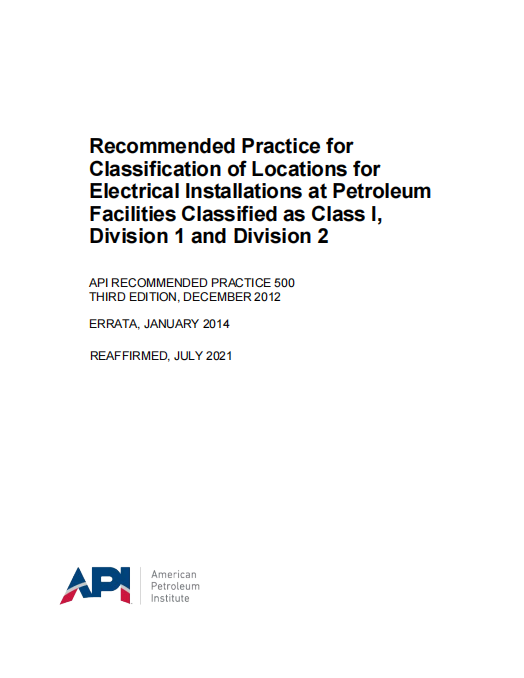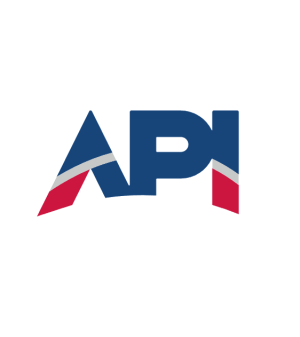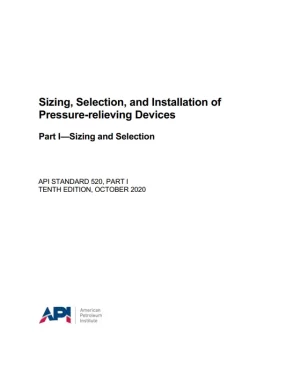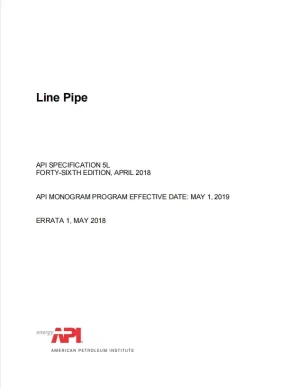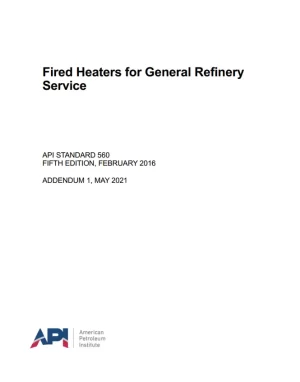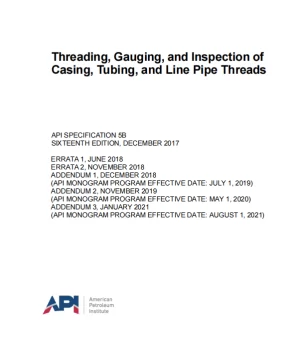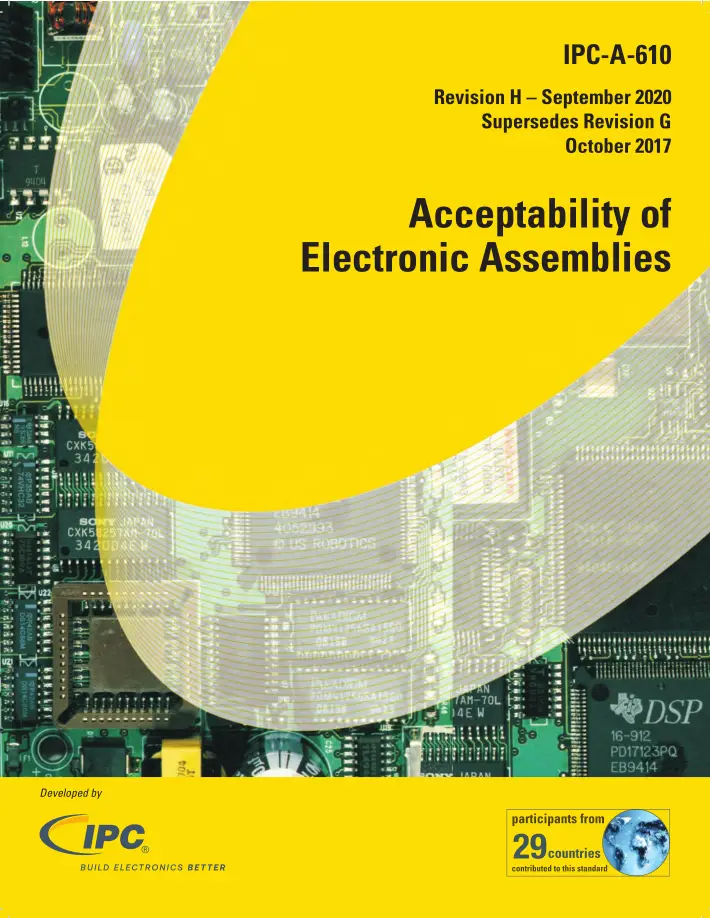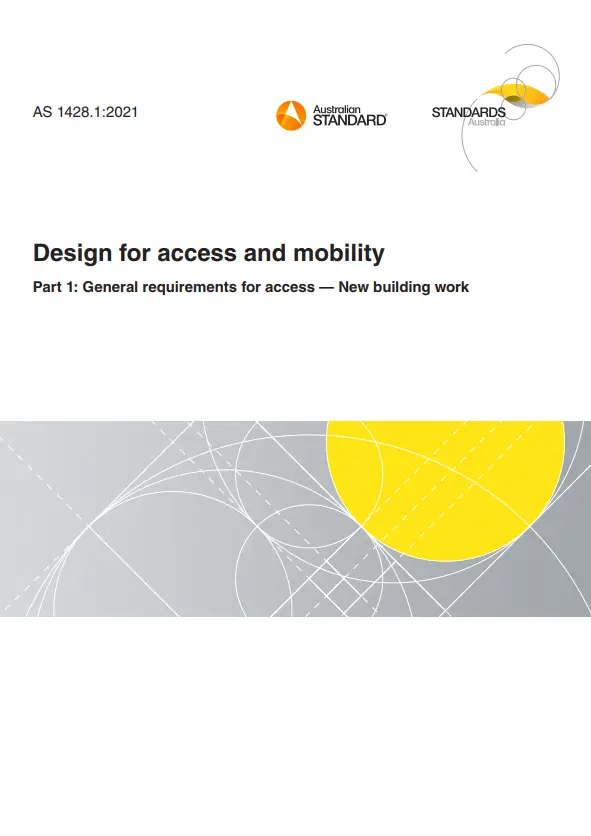API 500, 3rd Edition – Recommended Practice for Classification of Locations for Electrical Installations at Petroleum Facilities Classified as Class I, Division 1 and Division 2
API 500 applies to the classification of locations for both temporarily and permanently installed electrical equipment. It is intended to be applied where there may be a risk of ignition due to the presence of flammable gases, flammable liquid-produced vapors, or combustible liquid-produced vapors, mixed with air, under normal atmospheric conditions (identified throughout this document as “gases and vapors”). Normal atmospheric conditions are defined as conditions that vary above and below reference levels of 101.3 kPa (14.7 psia) and 20 °C (68 °F) provided that the variations have a negligible effect on the explosion properties of the flammable materials.
The following items are beyond the scope of this document.
a) Piping systems used for odorized natural gas used as fuel for cooking, heating, air conditioning, laundry, and similar appliances.
b) Catastrophes such as well blowouts or process vessel ruptures. Such extreme conditions require emergency measures at the time of occurrence.
c) The suitability of locations for the placement of non-electrical incendiary equipment.
d) Classification of locations containing combustible dust, ignitable fibers, or flyings.
Recommendations for determining the degree and extent of classified locations for specific examples of situations commonly encountered in petroleum facilities are given in Section 8 through Section 14. While it is important for area classifications at refineries, production and drilling facilities, and pipeline facilities to agree to some extent, there are differences in production, drilling, transportation, and refining facilities. Some differences include the process conditions, types, and quantities of products handled, the physical size of typical facilities, and varying housing and sheltering practices.
Section 8 includes applications that are common to several of the facility types described in Section 9 through Section 14.
Section 9 is applicable to locations in which flammable petroleum gases and vapors and volatile flammable liquids are processed, stored, loaded, unloaded, or otherwise handled in petroleum refineries.
Section 10 is applicable to locations surrounding oil and gas drilling and workover rigs and production facilities on land and on marine fixed (bottom-founded, non-floating) platforms where flammable petroleum gas and volatile liquids are produced, processed (e.g. compressed), stored, transferred (e.g. pumped), or otherwise handled prior to entering the transportation facilities.
Section 11 is applicable to locations on Mobile Offshore Drilling Units (MODUs).
Section 12 is applicable to locations surrounding oil and gas drilling and workover rigs and production facilities on floating production units (FPUs) such as, but not limited to, tension leg platforms (TLPs), floating production systems (FPSs), floating production systems with off-loading (FPSOs), single anchor leg mooring buoys (SALMs), caisson structures, spars, and other floating structures where flammable petroleum gas and volatile liquids are produced, processed (e.g. compressed), stored, transferred (e.g. pumped) or otherwise handled prior to entering the transportation facilities.
Section 13 is reserved for future use.
Section 14 is applicable to onshore and offshore facilities handling the delivery of flammable or combustible petroleum liquids or flammable gases. Pipeline facilities may include pump and compressor stations, storage facilities, manifold areas, valve sites, and pipeline right-of-way areas.
Purpose
The purpose of this recommended practice is to provide guidelines for classifying locations Class I, Division 1 and Class I, Division 2 at petroleum facilities for the selection and installation of electrical equipment. Basic definitions given in the 2011 Edition of NFPA 70, National Electrical Code (NEC), have been followed in developing this recommended practice. This publication is only a guide and requires the application of sound engineering judgment.
NOTE Recommendations for determining the degree and extent of locations classified Class I, Zone 0, Zone 1, and Zone 2 are addressed in API 505, Recommended Practice for Classification of Locations for Electrical Installations at Petroleum Facilities Classified as Class I, Zone 0, Zone 1, and Zone 2.
Electrical installations in areas where flammable liquids, flammable gases or vapors, or combustible liquids are produced, processed, stored or otherwise handled can be suitably designed if the locations of potential sources of release and accumulation are clearly defined. Once a location has been classified, requirements for electrical equipment and associated wiring should be determined from applicable publications. Applicable publications may include NFPA 70 and API 14F. Reference Section 2 for publications for other possible applications.
General Product Information:
| Revision | 3rd Edition |
| Document Type | |
| Pages | 160 |
| Document Language | English |
| Publisher | American Petroleum Institute (API) |
| Status | Current |

